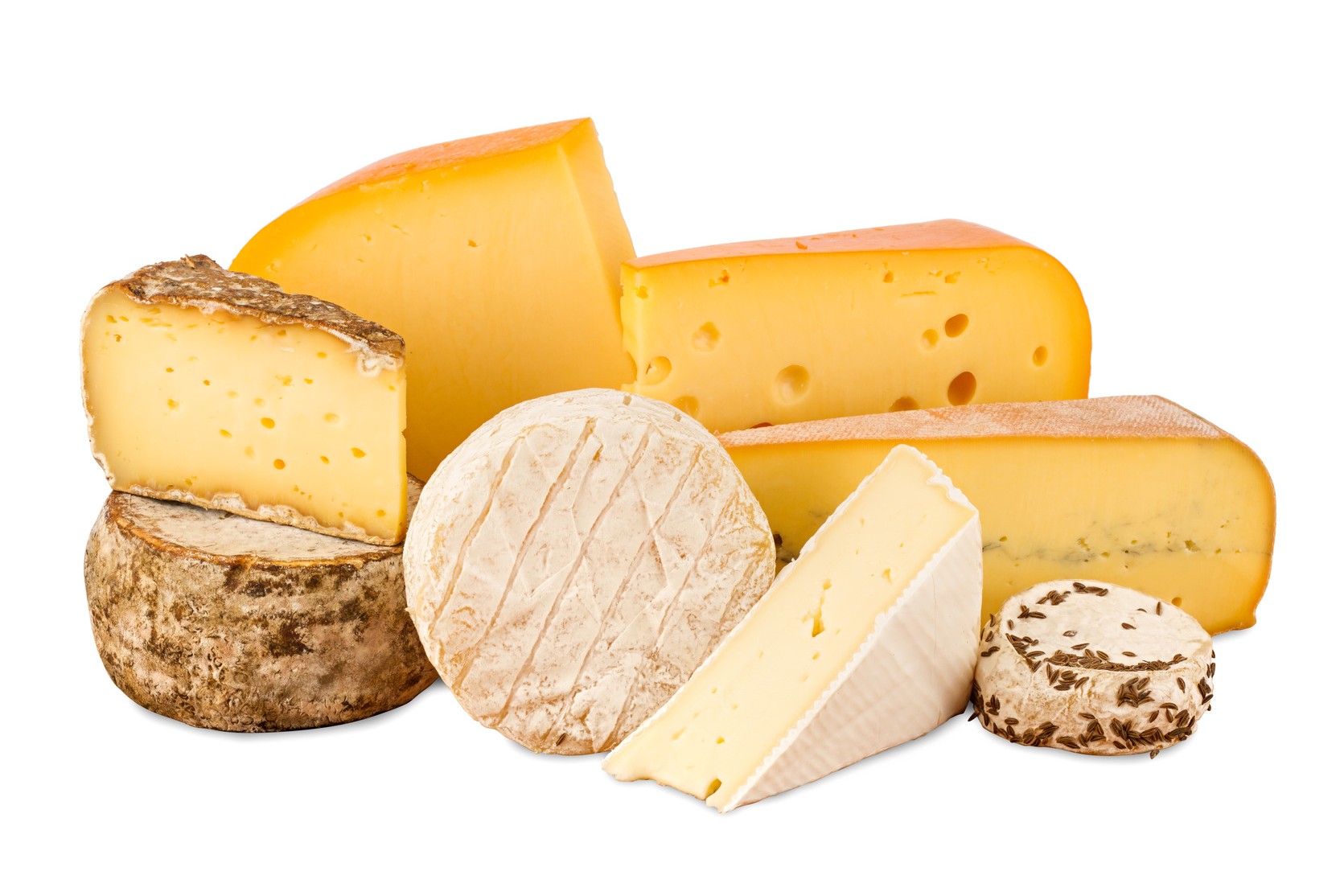Shavuot, aka “Z’man Matan Torateinu,” The Time of the Giving of Our Torah is soon to be feast a-pun us. So to understand the title of this episode, we read in Exodus 19:16-19:
“And it was on the third day, as it became morning, and there was thunder and lightning and a thick cloud on the mountain, the sound of the shofar was very strong, and all the people in the camp became seized with trembling” . . .. “And the sound of the shofar became stronger and exceedingly loud; Moses spoke, and the Almighty responded with thunder.”
Moshe Rabbeinu descended from Sinai with the Torah and the laws of kashrut, the kosher laws, the guidelines that remind us with every meal that what we eat is who we are. The Hebrews weren’t quite prepared for this–or for the next few thousand years, either, but we’ve survived–and none of their utensils were properly cleaned (“kashered”) so their meals were either dairy or pareve until that could happen and they had a set of things ready for meat meals.
After Eden, some authorities say we were vegetarian. Check out Genesis 1:29,30 for some clues about this, so there wasn’t any need for kashruth. After The Deluge there was a “pre-kosher” guideline, the Seven Laws of Noah. One of them was that it was prohibited to eat any part of a living animal, so as to not cause excessive pain. This was interpreted by extension to include milk, so once the Torah was given, and milk was included among the types of products in which Eretz Israel is blessed, it was party-hearty-party, guilt-free. Oh–who’s kidding whom here about guilt, when we learned about dairy and cholesterol. . . I digress. No, I don’t, and I’ll tell you why.
It turns out that one of Mount Sinai’s names is “Gavunim,” because it resembles a huge piece of cheese, “g’vina,” in Hebrew. Because of these things Shavuot is, as a rule, a dairy holiday. So we’re gonna make an easy-sneezy cheese from yogurt and not with full-fat whole milk or cream. Takes a couple of days so it doesn’t seem like it’s an item for the busy-day kitchen, but all, and that’s all, you have to do is set it up, and it does by itself. No, really. . . just smile, lips-together-teeth-apart when they exclaim, “when DID you find the time?”
I’m presenting here a couple uses of our “labneh,” to show how it can be used similarly to cream cheese in both savory and sweet dishes. First, is what a Lebanese-American friend calls “Shangleesh” (SHANG-gleesh), or an herbal-marinated tangy cheese ball. And the herbs are quite suited to this holiday since in Exodus 12:22 the Israelites in Egypt are instructed to “Take a bunch of hyssop, dip it into the blood in the basin and put some of the blood on the top and on both sides of the doorframe” which began the Exodus that brought us to this place. Many people reading this don’t have za’atar (both the name of the herb and the herb mix) at hand in their pantry so there’s also a recipe for what I feel is a reasonable substitute. And yet again, a substitute for sumac, aka “lemon berry” so while not authentic and lacking a certain bitter overtone we can substitute a bit of sour salt (citric acid) for it.
We then go on to an easily-prepared Hungarian-inspired blintz “cake” (no rolling or frying!) layered with, I see your homemade delight and raise you a fast home-made seasonal jam. I don’t think I can add anything to the blintz/crepe lexicon so either purchase already-made leaves/crepes or make your own from your favorite recipe. I will note two tricks o’the trade
here: be sure to let the batter rest for a full hour before making the crepes, AND substitute a couple tablespoons of corn starch or potato starch for the flour called for.
Other uses for our labneh would to be take the semi-drained product and add some lemon juice, garlic, and dill for a quickquickquick sauce for a cold broiled or cold poached salmon (what with the hot weather in the HemiNorth approaching), or take a walk on the sweet side with sugar, vanilla, and lemon zest to make a tart’n’tangy topping for a fresh fruit salad.
